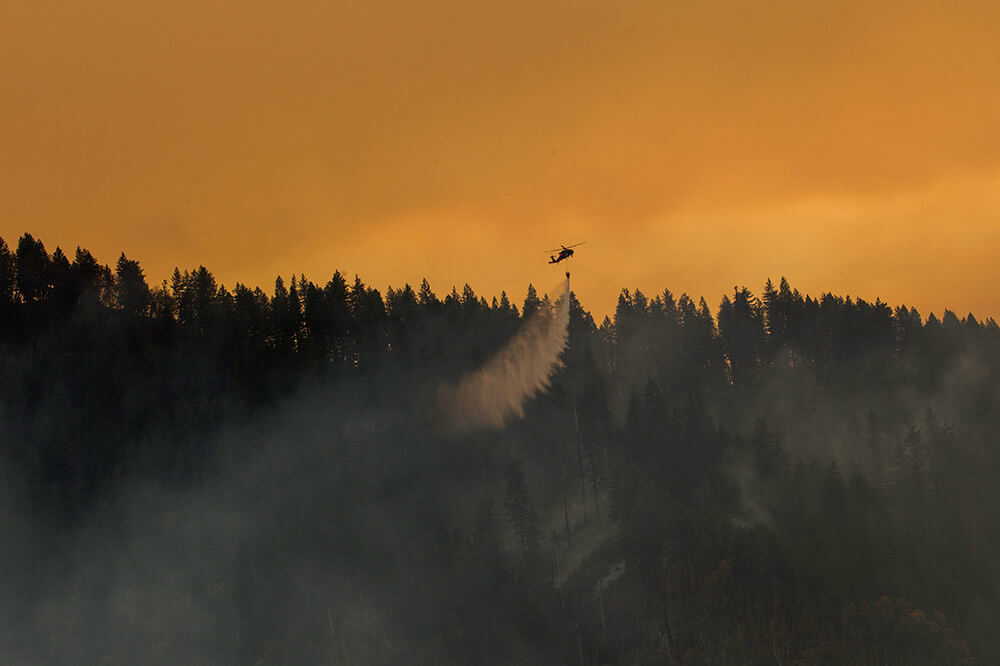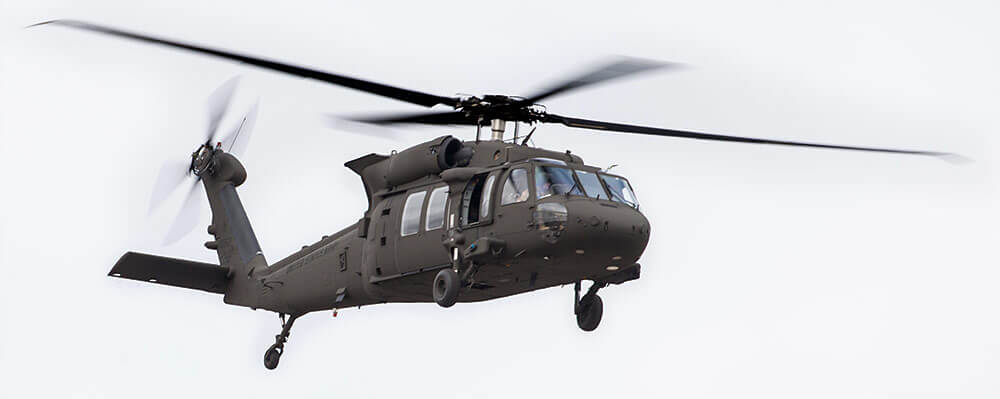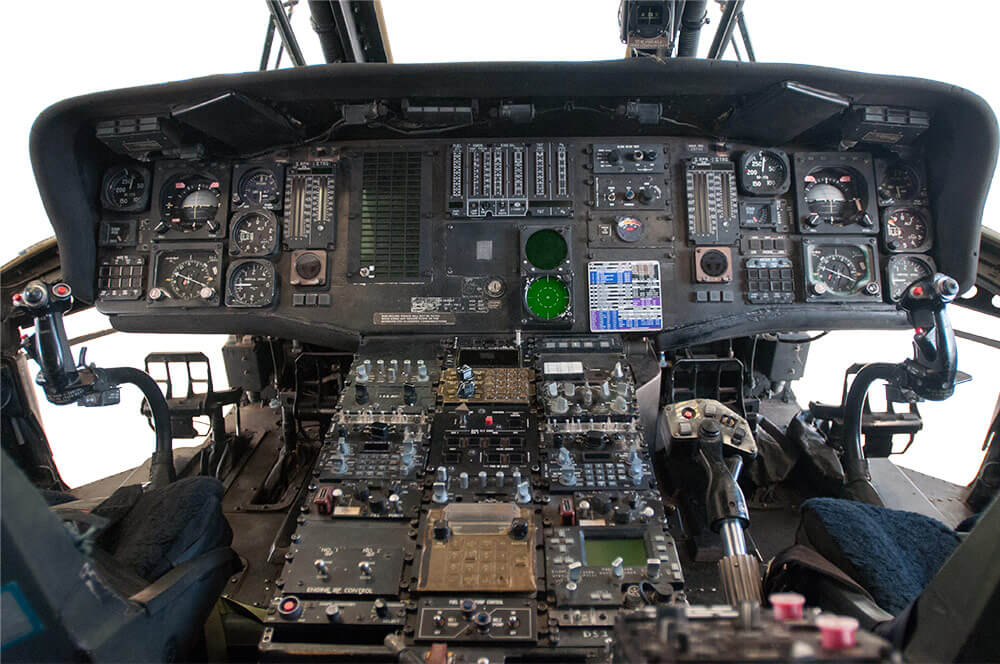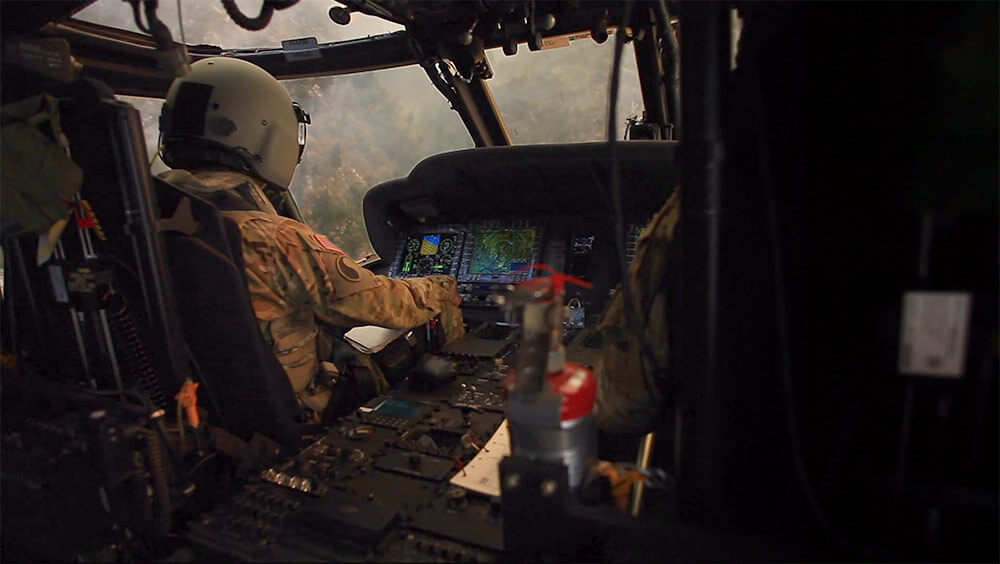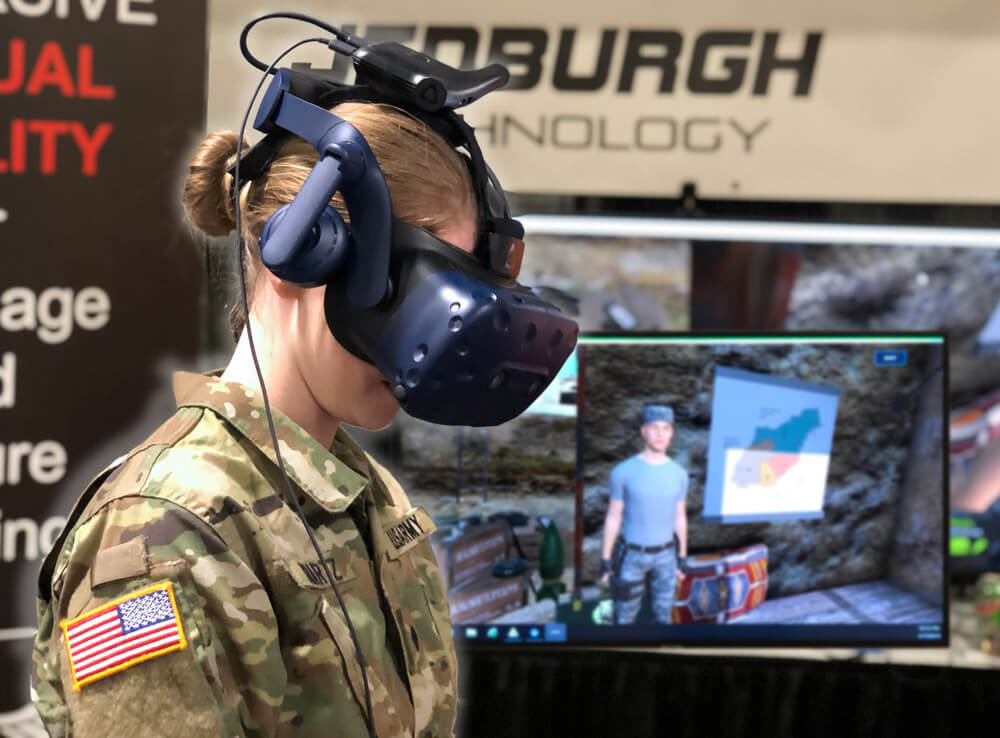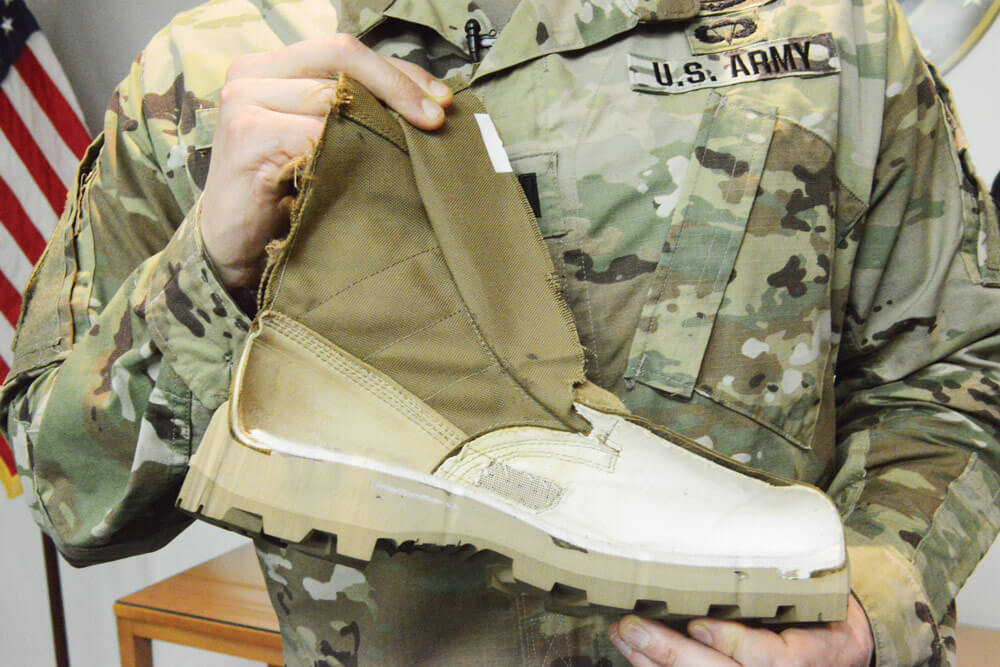Newest Black Hawk Outpaces its Predecessor
The sky is the limit with the latest addition to the Black Hawk fleet of helicopters. The new model of Black Hawk, the UH-60M, contains multiple capabilities that give it an edge over the older UH-60L, and Soldiers who are flying it can’t help but notice the differences.
The California Army National Guard used their new inventory of UH-60Ms during the 2018 Camp Fire—a raging wildfire that killed 86 people and razed 18,000 structures. CW2 Douglas Martine is an instructor pilot with Bravo Company, 1st Assault Helicopter Battalion, 140th Aviation Regiment, California Army National Guard. He operated a UH-60M during the Camp Fire and said the newly designed air frame and other upgrades to the “Mike” (as the UH-60M is referred to) made it more efficient and effective than its forerunner. He highlighted seven advancements in the UH-60M that make the model preferable to the UH-60L.
• The addition of two multi-band radios in the cockpit: “The real game changer is that multi-band [allows] us to use two of the common civilian frequencies at the same time. That was quite a hindrance for us in the Lima [UH-60L] model.”
• The addition of an autopilot: “A lot of the legs [back and forth] from the fire to our refueling points, were pretty long. Firefighting in an aircraft can be a pretty high-intensity activity. You’re wearing yourself out throughout the day. Being able to utilize the autopilot function during those legs to get refueled, really extended the endurance of the crew. [It enabled us] to be more effective when we actually got to the firefighting operation.”
• Better use of vibration control: “Helicopters are very loud. They’re very shaky. Long-term, Soldiers develop a lot of back issues associated with flying helicopters because of vibration. The difference between the Lima and the Mike is phenomenal. [Increased] crew endurance throughout the day because of reduced shaking of the airframe is a very big advantage for us In the Mike model. [The UH-60M] has an active vibration control system, an AVCS, that has three motorized spinning units placed in different portions of the aircraft. These counteract the vibrations.”
• More ergonomic seats: “The seats are also designed to lean back farther than in the Lima model. That makes the aircraft much more comfortable for the two pilots up front, and the crew seats in the back [of the chopper] are also significantly improved.” These enhancements result in increased endurance for the crew.
• Redesigned rotor blade: “The blades in the Mike model are significantly wider and they work better at low-airspeed hover situations, which is when helicopters tend to be power-limited. In our more critical modes of flight, like picking up heavy buckets of water that can weigh close to 6,000 pounds, the new wider blades give us more of a power margin. We’re able to lift and carry more water to the active fire.”
• New Multi-Functional Displays (MFDs): “The information displays are all digital now. They are a lot easier to read so you spend less time looking inside the helicopter and more time [looking] outside the helicopter, which leads to a better situational awareness. In addition to that, it has a moving map display on the MFDs, which allows us to better deconflict [and gives even] more situational awareness, particularly in those low-visibility situations that are so often associated with fires.”
• Reduced maintenance costs: “The per-hour cost of operating the new Mike models is significantly lower than operating the Lima models. The new Mike models have brand new airframes. They were redesigned with lower maintenance in mind. Many of the components in the Mike model are machined from single pieces of metal, whereas in the Lima you had more riveting taking place. There are just better technologies available in manufacturing today.”
According to CW2 Martine, the Black Hawk UH-60M takes the functionality of the Black Hawk UH-60L, and refines and improves it. Army National Guard pilots and crew lucky enough to be slated for the newer model can anticipate an overall better flight experience. The UH-60M is quickly becoming the go-to Black Hawk for those units already flying it.
“The Mike model performed outstandingly during the Camp Fire. It was definitely an asset,” said CW2 Martine. “Every time I’m in a Lima, I’m looking forward to getting back into a Mike model.”
In addition to firefighting, the Black Hawk is designed for combat assault, external lift, command and control, combat search and rescue, armed medical evacuation and very important person (VIP) transport missions. The Black Hawk helicopter just celebrated its 40th year in operation, and future models are expected to be commissioned by the Army into the 2070s, according to Black Hawk manufacturer Sikorsky of Lockheed Martin.
By Staff Writer Matthew Liptak
